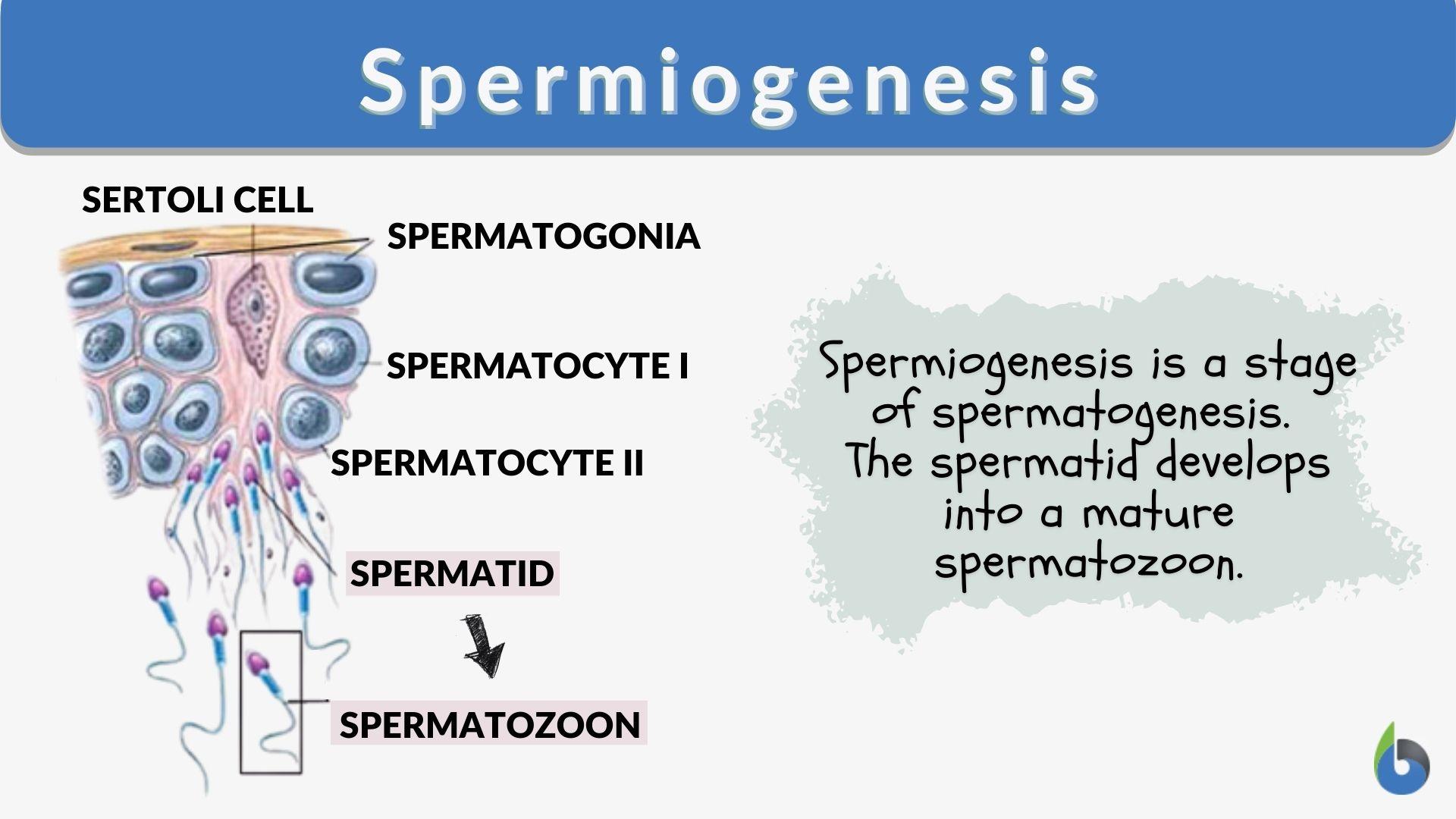 The Link Between Microplastics and Spermatogenesis
The Link Between Microplastics and Spermatogenesis
According to a recent study, there might be a connection between microplastics found in human genitalia and a reduction in spermatogenesis in males. The researchers examined samples from both humans and companion dogs, and every single sample tested positive for microplastic contamination.
Although it was difficult to determine the exact number of sperm present in the human samples, it was clear that the quantity of sperm was lower in dog testicles with higher levels of PVC contamination. This correlation suggests that microplastics could potentially lower sperm counts in humans as well.
This finding is not entirely surprising, as previous studies have linked the decline in male sperm counts to chemical contamination. Chemicals such as pesticides have been shown to have a negative impact on sperm production. In recent years, there has been increasing evidence of high levels of contamination in human bodies, with microplastics being detected in blood, placentas, and even breast milk.
The presence of microplastics in our environment is a growing concern. These tiny particles can be ingested or inhaled by humans, just like air pollution particles. They have the ability to embed themselves into tissue and cause inflammation. Additionally, plastics may contain harmful substances that can negatively affect our health.
In fact, laboratory testing has shown that microplastics can harm human cells. There is also evidence suggesting a correlation between the presence of microscopic plastics in blood vessels and an increased risk of stroke, heart attack, and premature death. This discovery has prompted medical experts to issue warnings about the potential health consequences.
Professor Xiaozhong Yu from the University of New Mexico expressed his initial doubts about microplastics entering the reproductive system. However, he was shocked by the results of the study, especially those pertaining to canines. The impact of plastic pollution on future generations is a major concern.
The study published in Toxicological Microplastics Sciences analyzed the plastic residue in tissue samples. The researchers found that human genitalia had three times more plastic than canine testes. Polyethylene, commonly used to make plastic bottles and containers, was the most frequently discovered microplastic, followed by PVC.
PVC is particularly concerning because it contains chemicals that disrupt the endocrine system and can inhibit spermatogenesis. The availability of human testicle specimens from the New Mexico Office of the Medical Investigator allowed for the research to be conducted.
A smaller trial conducted in China also found microplastics in human sperm samples and testicles. In a separate study on rodents, microplastics were found to cause hormone disruptions and a decrease in sperm count.
While these findings suggest a potential link between microplastics and reduced spermatogenesis, further research is needed to establish a definitive cause-and-effect relationship. Nevertheless, it is clear that microplastic contamination poses a threat to human health. The widespread environmental contamination calls for immediate action to reduce plastic waste and protect future generations from its harmful effects.

